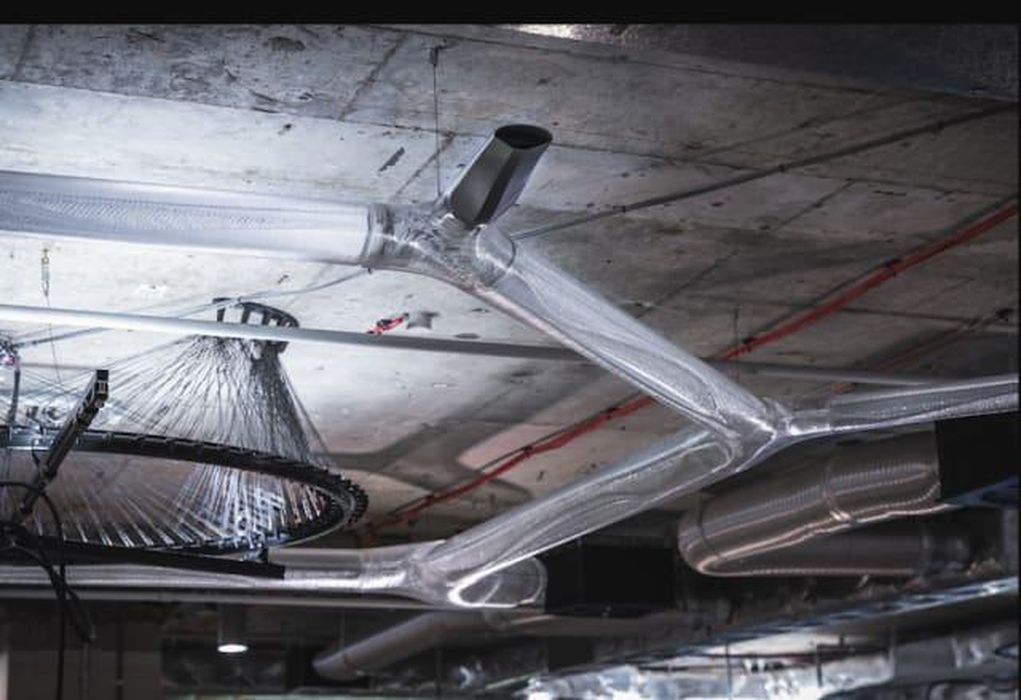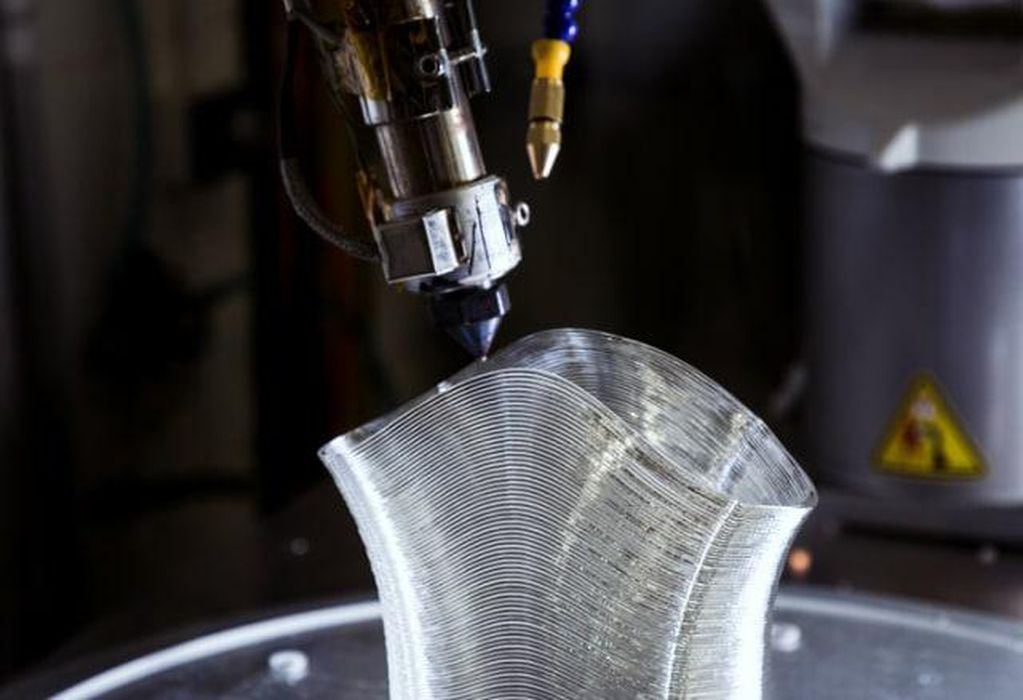
BVN Architecture and University of Technology Sydney researchers have designed a 3D-printed air diffusion system to replace standard steel systems.
Reducing carbon emissions, constructing smart buildings and incorporating environmentally friendly materials are nothing new to the architecture, engineering and construction (AEC) industry, but there are still challenges considering the plethora of components that make up a building. A team from BVN Architecture and the University of Technology Sydney set their sights on tackling a vital but often overlooked component using 3D printing: air distribution systems.
“At BVN, we are also mindful that the electrical, plumbing and mechanical systems inside a building contribute up to 33 percent of the total carbon cost of a typical office building,” said Ninotschka Titchkosky, BVN Architecture co-CEO. “This means if we are to be serious about reducing the carbon impact of building design, we have to also rethink how we deliver air in buildings.”
Steel has long been the standard go-to material for ductwork. Considering that “every ton of steel produced in 2018 emitted on average 1.85 tons of carbon dioxide, equating to about 8 percent of global carbon dioxide emissions,” a move away from it use is necessary in the AEC industry, which, according to the research team, is responsible for nearly 40 percent of annual global greenhouse gas emissions.
Systems Reef 2 (SR2) is positioned to change the norm. This air diffusion system, not duct system, is based on dispersing air. Instead of steel, it is robotically 3D printed with recycled plastic. The team is working with the PET polymer group, which is self-extinguishing—a critical concern for a building—has tighter tolerances, increased performance and greater flexibility.

Along with being 3D printed and using advanced manufacturing, especially computational design, SR2 allows for more aerodynamics with integrated porosity. 3D printing enables a reduction in sections needed by 75 percent, in length by 33 percent and in operating energy by 10 percent. These prefabricated custom parts enable the optimization of airflow while also providing savings in material cost and labor.
Read more at ENGINEERING.com
